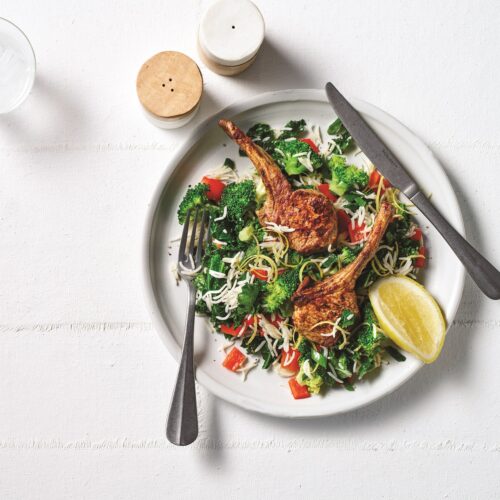
Ciska de Rijk and Gwendoline Keel, food law specialists at Simpson Grierson, outline recent law changes to the supply of raw milk in New Zealand.
What’s the deal?
As you may know, raw milk is milk that has not been heat-treated (pasteurised) to kill potentially harmful bacteria. Some people believe that raw milk is better for you, but the official view is that it is a high-risk food.
What are the changes?
In 2016, the Ministry for Primary Industries (MPI) brought in new regulations to help control the health risks associated with the consumption of raw milk. Now consumers may only buy raw milk from farmers who are registered with MPI. Farmers must be verified, have their milk tested and use appropriate labelling on their products.
Labels must give use-by dates, storage advice and warnings about the risks of raw milk for high-risk groups, such as the elderly, pregnant women, and those with weakened immune systems.
Raw milk must now be home-delivered or bought directly from the farm, and consumers must not re-sell it: either as milk or as part of another product like cheese.
The purpose of this is to ensure that raw milk is confined to specific and identifiable sales points to reduce the risk of harm to public health, while recognising the demand for raw milk among both urban and rural customers. It also makes enforcement easier. Consumers will also be asked to supply their contact details to the seller so they can be notified if a batch of raw milk doesn’t pass testing.
Even in the light of these new rules, MPI still recommends that high-risk consumers avoid raw milk. Further details are available on MPI’s food safety website.
MPI plans to review the regime in November 2018 – which will be two years after full implementation – to ensure that it works effectively in practice.
Consumer tip
Consumers are encouraged to educate themselves about the risks of raw milk and decide if it’s the right choice for them. Only purchase raw milk from a registered farmer, in line with recent law changes.
www.healthyfood.com










